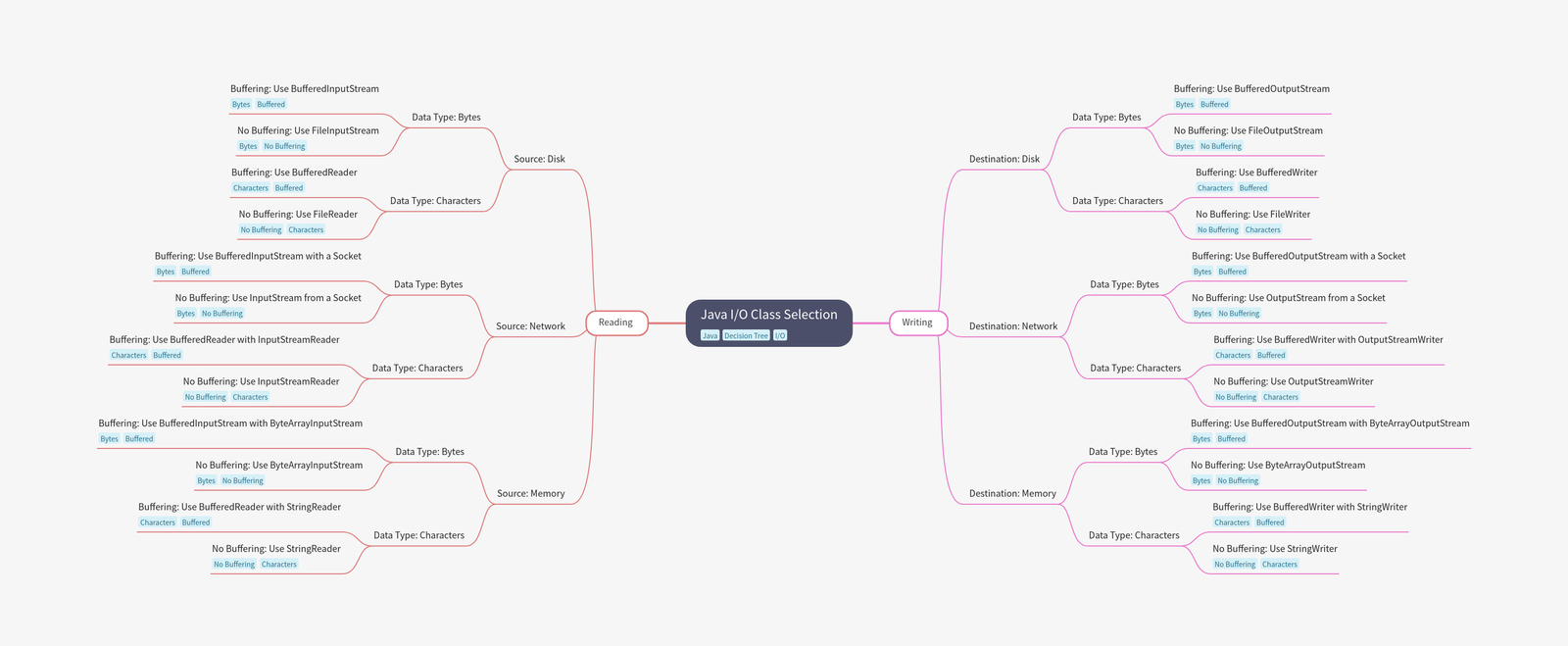Java, a programming language that has stood the test of time, continues to be one of the most popular and widely used languages in the tech industry. But what made the Java success story, even decades after its creation? Let’s dive into the key factors behind Java’s enduring success.
1. Platform Independence
One of Java’s biggest strengths is its platform independence. Java’s mantra, “write once, run anywhere,” means that code written in Java can run on any device that has a Java Virtual Machine (JVM). This cross-platform capability has made Java the go-to choice for developing applications that need to run on various devices and operating systems, from desktop computers to smartphones.
2. Strong Community and Ecosystem
Java has a massive and active community of developers who contribute to its rich ecosystem of libraries, frameworks, and tools. This community-driven support means that Java developers have access to a wealth of resources, from open-source libraries to extensive documentation and forums. This makes it easier for developers to find solutions, share knowledge, and stay updated on the latest trends.
3. Robust Performance and Scalability
Java is designed to be fast, reliable, and efficient. Its performance, especially in large-scale applications, is well-known. Java’s memory management and multithreading capabilities allow it to handle high-performance applications, from enterprise-level systems to mobile apps, making it a preferred choice for scalable solutions.
4. Security Features
Security is a critical concern in software development, and Java was built with security in mind. The language offers built-in security features like the Java sandbox, which allows for secure execution of untrusted code, and bytecode verification, which ensures code integrity before execution. These features make Java a trusted choice for developing secure applications.
5. Versatility Across Domains
Java’s versatility is another reason for its success. It’s used across various domains, including web development, mobile applications (Android), enterprise systems, scientific computing, and even embedded systems. Java’s ability to adapt to different use cases makes it a valuable tool for developers in diverse fields.
6. Backward Compatibility
Java places a strong emphasis on backward compatibility. This means that code written in older versions of Java can run on newer versions without modification. This feature protects investments in legacy code and encourages developers to stay within the Java ecosystem as new versions are released.
7. Continuous Evolution
Despite being over two decades old, Java continues to evolve. The language and its ecosystem are regularly updated with new features and enhancements. The introduction of features like lambdas, streams, and the module system in recent years shows Java’s commitment to staying modern and relevant.
8. Enterprise Adoption
Java has been widely adopted in the enterprise world. Large organizations trust Java for their mission-critical applications because of its stability, scalability, and extensive ecosystem. The strong adoption in enterprises has further solidified Java’s position as a leading programming language.
Conclusion
Java success can be attributed to its platform independence, strong community, robust performance, security features, versatility, backward compatibility, and continuous evolution. These qualities make Java not just a programming language but a powerful tool that empowers developers to build reliable, scalable, and secure applications across a wide range of domains.
As we continue exploring the world of Java here on Byte-Code, we’ll delve deeper into these topics and many more. Stay tuned for more insights, tutorials, and coding tips as we journey through the vast landscape of Java programming together!




